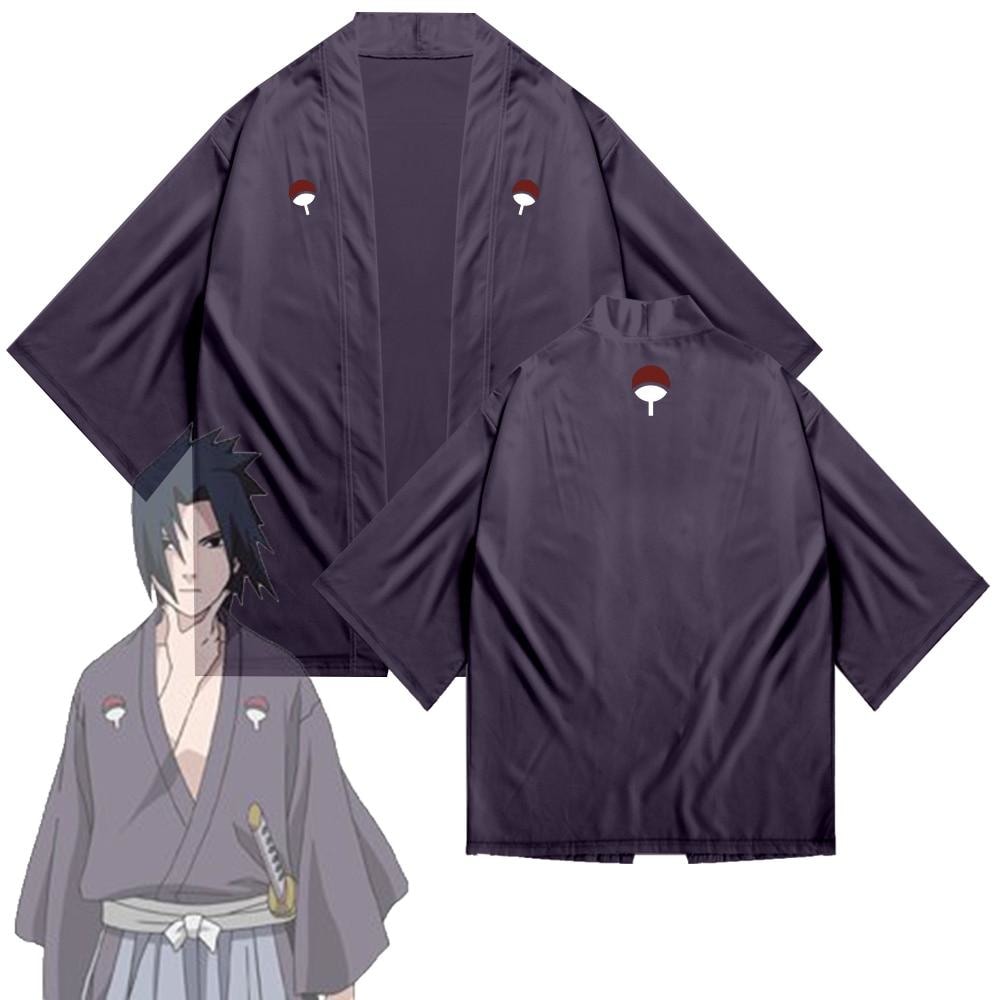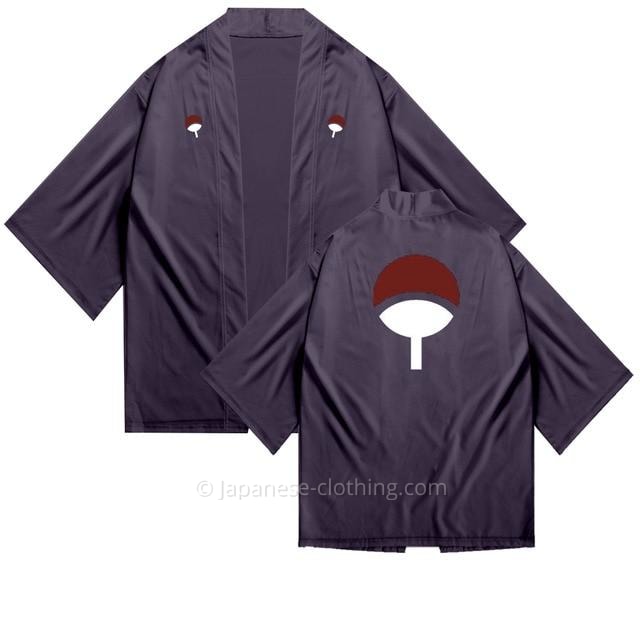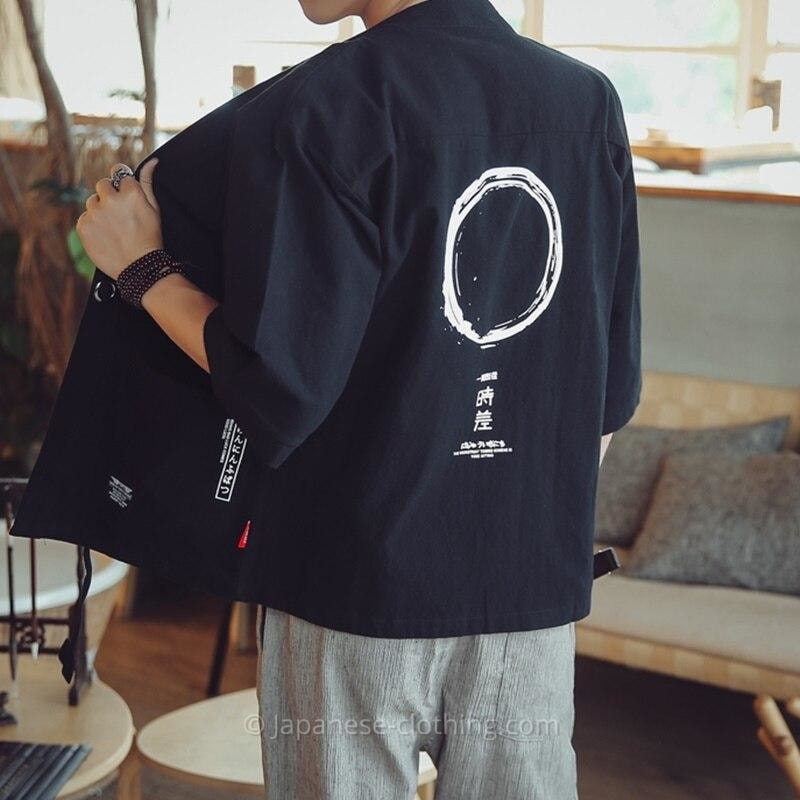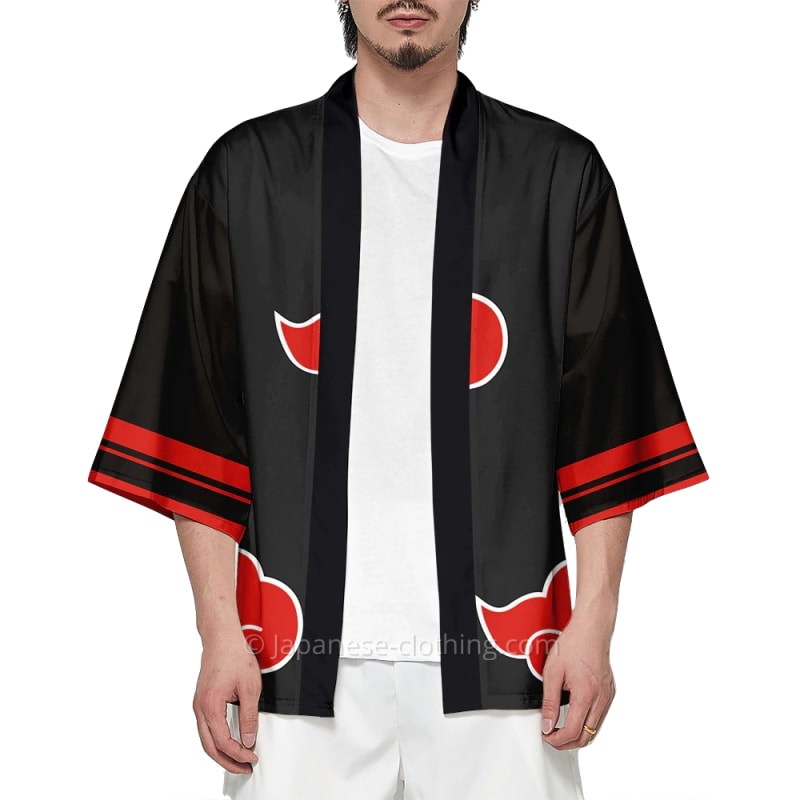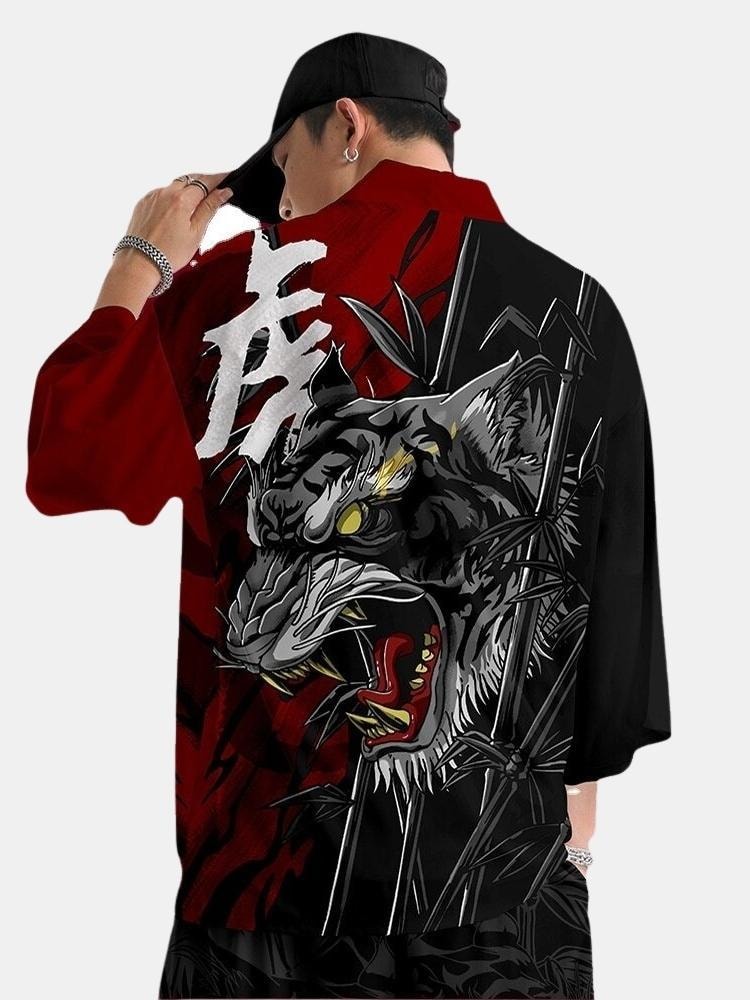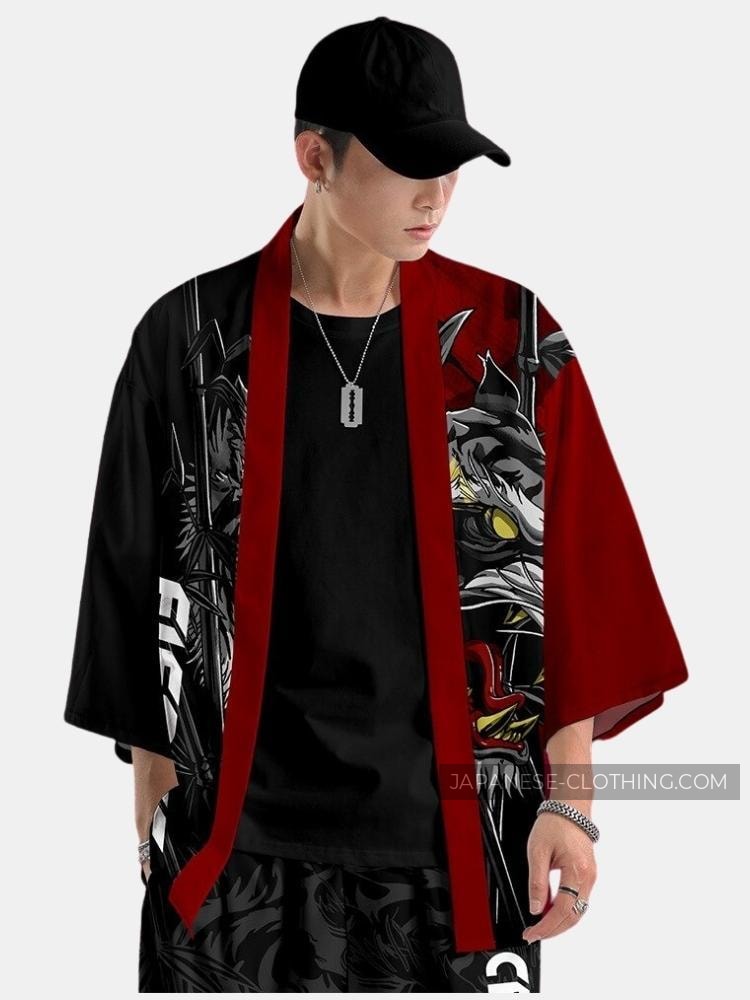Traditional Japanese Clothing
Showing 13–24 of 365 resultsSorted by popularity
-
Select options This product has multiple variants. The options may be chosen on the product page
Hannya Kimono
Original price was: $58.99.$36.95Current price is: $36.95. -
Select options This product has multiple variants. The options may be chosen on the product page
Dragon Kimono Jacket
Original price was: $58.99.$36.95Current price is: $36.95. -
Select options This product has multiple variants. The options may be chosen on the product page
Sasuke Kimono
Original price was: $58.99.$36.95Current price is: $36.95. -
Select options This product has multiple variants. The options may be chosen on the product page
Linen Kimono Cardigan Men
Original price was: $69.99.$49.95Current price is: $49.95. -
Select options This product has multiple variants. The options may be chosen on the product page
Moon Kimono
Original price was: $58.99.$36.95Current price is: $36.95. -
Select options This product has multiple variants. The options may be chosen on the product page
Akatsuki Kimono
Original price was: $58.99.$36.95Current price is: $36.95. -
Select options This product has multiple variants. The options may be chosen on the product page
Women’s Kimono Pattern
Original price was: $58.99.$36.95Current price is: $36.95. -
Select options This product has multiple variants. The options may be chosen on the product page
Tiger Kimono
Original price was: $58.99.$36.95Current price is: $36.95. -
Select options This product has multiple variants. The options may be chosen on the product page
Kimono Vest Men
Original price was: $66.99.$43.95Current price is: $43.95. -
Select options This product has multiple variants. The options may be chosen on the product page
Samurai Panda Kimono
Original price was: $58.99.$36.95Current price is: $36.95. -
Select options This product has multiple variants. The options may be chosen on the product page
Men’s Kimono Streetwear
Original price was: $69.99.$44.95Current price is: $44.95. -
Select options This product has multiple variants. The options may be chosen on the product page
Long Kimono Jacket Men
Original price was: $59.99.$44.95Current price is: $44.95.
Showing 13–24 of 365 resultsSorted by popularity
Discover the best Traditional Japanese Clothing for men and women
During the Meiji era (1868-1912), the wafuku, Japanese traditional clothing, fell into disuse to the benefit of Western clothing, yôfuku. Japanese women progressively abandoned the kimono for dresses with a twist and succumbed to Western hairstyles. By its evolution, the nature of its fabric and its codes, the wafuku became a symbol of marital status, social class and fashion of the moment. #split
Types of Japanese Traditional Clothing for male and female
FUNDOSHI 褌
The fundoshi is the traditional male undergarment that only matsuri participants continue to wear during float processions and parades. The loincloth worn by sumotori, called mawashi, is a kind of rigid and much stronger fundoshi.
FURISODE 振袖
The furisode is a style of kimono with colorful patterns and very long sleeves; these can reach more than one meter in length! This silk kimono is traditionally worn by unmarried girls, especially during the Seijin Shiki ceremony, the coming of age ceremony.
HAORI 羽織
Originally, the haori is a loose jacket often without an outer pattern worn by men. It is now also worn by women.
HAKAMA 袴
The hakama is a long, wide, pleated pant worn in feudal times by samurai and nobles. The seven folds of the hakama (five in front and two behind) are said to represent the virtues of the samurai. Today it is worn during ceremonies and by martial artists, Shinto priests and Buddhist monks.
HOMONGI 訪問着
This “visiting kimono” is intended for married women. Its patterns are often more original and run the length of the kimono.
KIMONO 着物
Kimono which means “thing to put on” is the generic term for the traditional Japanese costume. There are however very different styles according to the shapes, colors and fabrics; each one having its own name.
KOSODE 小袖
Made of silk, the kosode is a T-shaped garment, shorter than the kimono. Considered at the beginning as an underwear, it is worn closed by an obi like a kimono from the Muromachi period (1392-1573). It is characterized by short and narrow sleeves.
OBI 帯
The obi is used to close the kimono, crossed over the chest. According to its type of knot placed in front or behind, this fabric belt indicates the social rank of a person.
SAMUE 作務衣
Generally made of blue cotton, the samue is a loose-fitting garment consisting of pants and a jacket. It was worn by monks during their daily activities, but today it is considered as an indoor garment, worn by everyone.
TOMESODE 留袖
This formal kimono is divided into two types: the irotomesode 色留袖 and the kurotomesode 黒留袖. Always black in color, the kurotomesode is decorated with gold and silver thread patterns only in its lower part. It is a very formal garment worn by mothers of the bride and groom during a wedding ceremony or by geisha in performances.
Solid color, the irotomesode, like the kurotomesode, does not have a pattern above the waist. It is an elegant and formal kimono, reserved for married women or older unmarried women. Tomesode often have the family mon printed on the sleeves, chest and back.
UCHIKAKE 打 掛
The uchikake is a long wedding coat with a train. The bride wears it open over a kimono called kakeshita. Particularly precious, it can be entirely white or of brocade decorated with lucky patterns (flowers, pine trees, cranes).
YUKATA 浴衣
The yukata is a lighter and more comfortable kimono made of cotton or linen. It is worn indistinctly by men and women especially during summer matsuri or in onsens.
Types of Traditional Shoes
GETA下駄
Geta are wooden sandals. They can be simple or raised by ha (teeth) placed under the sole to keep the feet dry in case of rain or snow.
JIKA-TABI 地下足袋
The jika-tabi, a shoe with two fingers and a rubber sole. It was created for workers at the beginning of the 20th century and was inspired by the tabi.
OKOBO おこぼ
Mostly worn by maiko, okobo are strappy sandals with a platform. The color of the strap indicates the status of the maiko (beginner or experienced) in her okiya.
TABI 足袋
This two-fingered sock (separation between the toes) is put on from the back and closed with metal fasteners. Today you can find modern tabi to be put on like western socks in many stores.
WARAJI 草鞋
Made of rice straw, the waraji are sandals laced to the ankle by a cord.
ZORI 草履
Zori are sandals with flat soles and straps. In modern zori making, plastic and rubber have replaced rice straw.
Types of Japanese Traditional Accessories
INRO 印籠
Multi-compartment box made of precious materials such as lacquer, wood or ceramic suspended from the obi by a cord.
KANZASHI 簪
The kanzashi, a hair ornament ranging from the simple to the extraordinary, is made of silk, metal, gold or tortoise shell.
KINCHAKU 巾着
The kinchaku is a cloth bag with strings to carry personal effects.
KISERU 煙管
Appearing in the early Edo period, the kiseru is a long and thin metal or bamboo pipe for smoking tobacco.
SAGEMONO 提げ物
The “things that hang”, sagemono, are accessories (purse, writing case, pipe case, tobacco pouches, inro, pill boxes), often very refined, hung on the obi; the traditional clothes like the kimono being without pockets. These objects are suspended by a cord slipped between the belt and the kimono. The netsuke, a small sculpture made of wood or ivory, with one or two holes, is attached to the sagemono cord. It acts as a cleat by preventing the cord from slipping and keeps the accessories to the obi.
Types of Traditional Japanese Accessories
Japanese Fans
SENSU 扇子 or ÔGI 扇
The sensu is a folding fan, made of paper or silk, traditionally used by men and women of the imperial court during official ceremonies. It then became a fashion object and is still today an accessory of kabuki and noh actors.
UCHIWA 団扇
The uchiwa is a rigid, non-folding fan made of paper or silk, round, square or oval in shape. In the Edo period, young women wore uchiwa with motifs related to fashion and the seasons. It gave birth to a kind of ukiyo-e print, the uchiwa-e, in which a narrative scene or portraits are inserted into an uchiwa.
WAGASA 和傘
The wagasa is a traditional handmade umbrella made of oiled washi paper with a bamboo frame. Its washi canvas, stretched and fixed on the frame with 30 to 70 bamboo ribs, gives it all its elegance and a relative delicacy.
The wagasa are extremely resistant but require special care to ensure their longevity. It is strongly advised to let the wagasa dry in a dark and ventilated place. There are several types of wagasa: the bangasa, thicker and more robust; the janome kasa, less ribbed and thinner and finally, the higasa, a large umbrella to protect from the sun.








